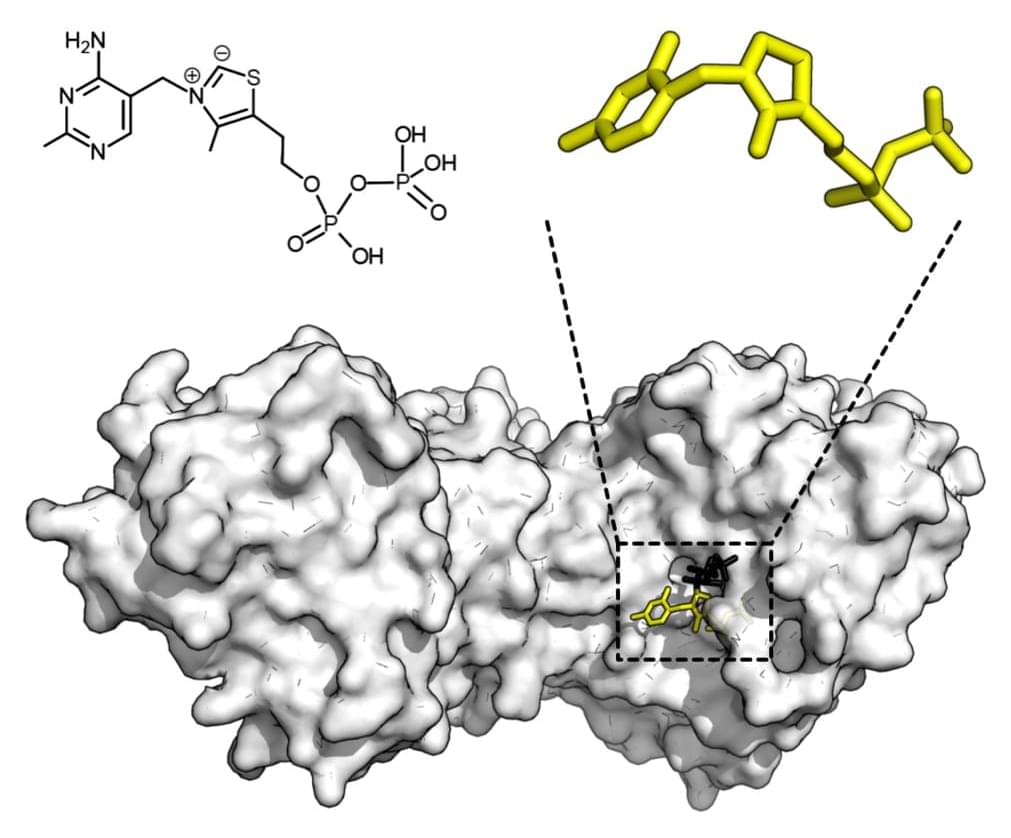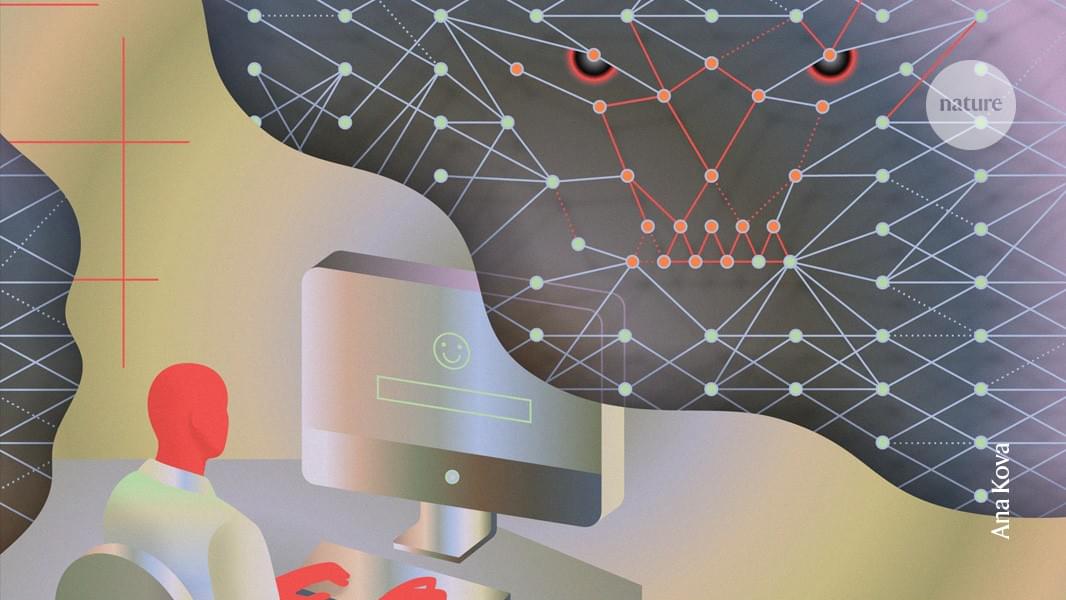OpenAI just unveiled HUGE developer updates at DevDay 2025 — Apps in ChatGPT, Agent Builder, Sora API, and Codex updates that can handle day-long tasks.
I sat down with Sam Altman for an exclusive interview about going viral on Sora, zero-person companies, and why he believes early AGI-like breakthroughs are starting to happen NOW.
In this conversation, we unpack:
Sam’s Sora AI deepfakes going viral.
Zero-person billion dollar companies run by agents.
AI starting to make scientific discoveries on Twitter.
ChatGPT’s 800M users and the new distribution platform.
Get 5-minute daily updates on the latest AI news: https://www.therundown.ai/subscribe.
Chapters:






